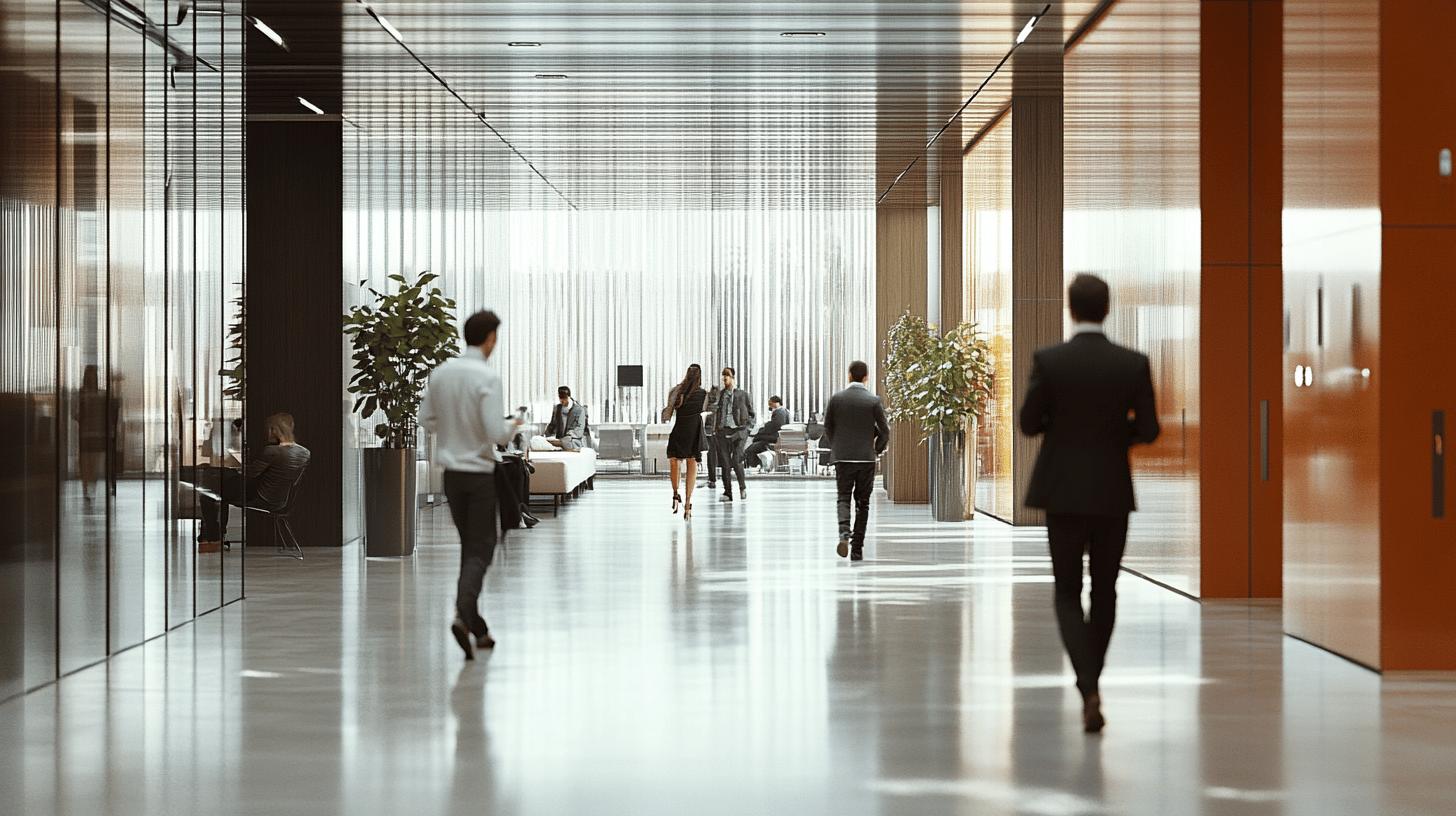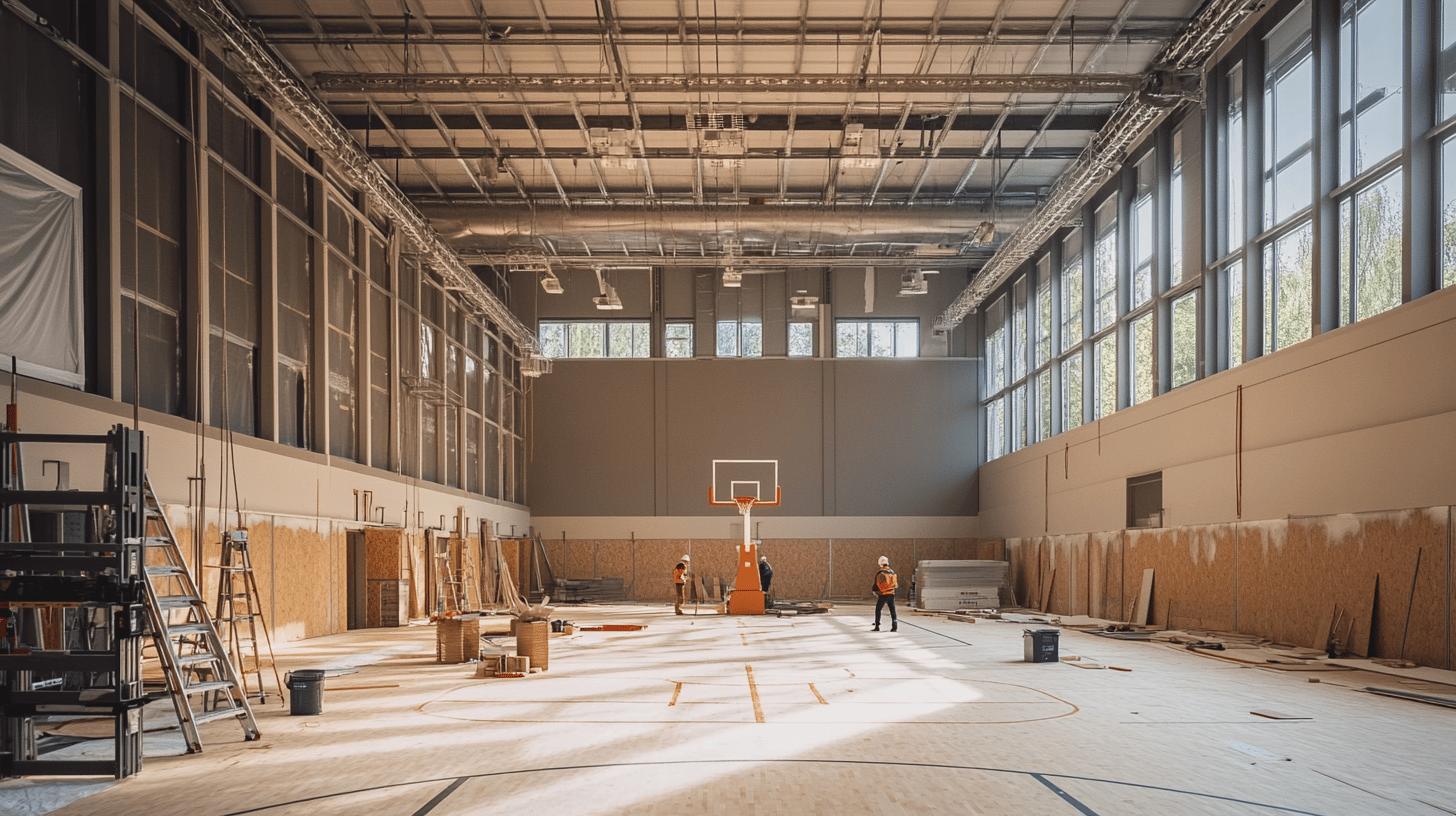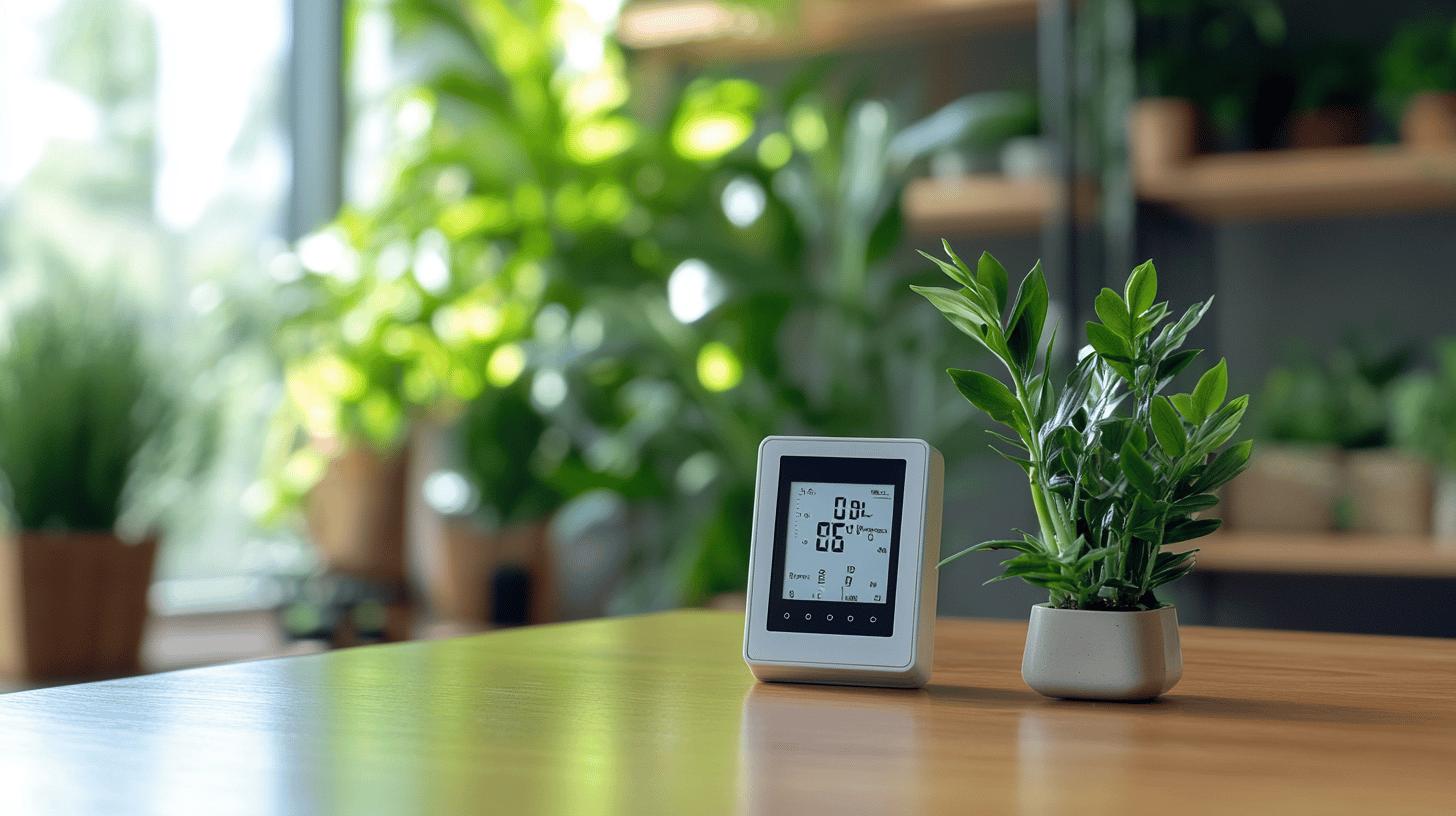Do the wooden planks beneath your feet hold the key to victory? In sports, performance hinges not only on skill and strategy but on the ground on which athletes tread. The right sports flooring can make all the difference, offering the essential shock absorption, traction, and durability needed for peak athlete performance. From the rhythmic bounce of a basketball on hardwood to the steady grip of synthetic tennis courts, each flooring type is engineered to optimise gameplay. Discover how the ground beneath impacts every move and influences not just the game but the athlete’s potential.
Understanding the Impact of Sports Flooring on Athlete Performance
Sports flooring shapes athlete performance by offering critical features such as shock absorption, traction, and durability. The impact of sports flooring on athlete performance is profound, with each component playing a vital role in ensuring that athletes can perform at their best. Adequate flooring provides the necessary support to minimise injury risk and enhance movement efficiency. For instance, basketball courts require a surface that offers both smoothness and bounce, which hardwood delivers excellently. This optimises player agility and speed, directly influencing gameplay and athlete performance.
Different materials used in sports flooring each offer unique advantages. Wood, rubber, and synthetic substances are among the most common materials, each tailored to meet the demands of specific sports. Hardwood, for example, is prized for its natural resilience and aesthetic appeal, making it a popular choice for basketball courts where bounce and smoothness are crucial. Rubber flooring is often utilised in fitness centres and multipurpose sports halls due to its excellent shock absorption and slip resistance, essential for sudden movement activities. With their versatile properties, synthetic surfaces are favoured for sports like volleyball, providing superior traction and durability that withstand intensive use.
- Enhanced shock absorption reduces injury risks.
- Superior traction improves player control and movement.
- Durability ensures long-term performance and less frequent replacements.
- Tailored surfaces optimise conditions for specific sports.
- Low-maintenance materials reduce long-term facility costs.
Enhanced shock absorption is a critical factor in sports flooring, as it significantly contributes to injury prevention and athlete safety. By effectively dispersing the energy generated from impacts, modern sports flooring reduces the stress exerted on an athlete’s joints and muscles. This lowers the risk of injuries and allows athletes to push their limits with confidence, knowing that the flooring beneath them is designed to protect and support their performance.
How Different Types of Sports Flooring Influence Game Play
Choosing the appropriate sports flooring is essential for optimising gameplay and athlete performance. Different sports demand specific flooring characteristics, which directly impact the game’s dynamics. For instance, basketball courts often utilise hardwood flooring due to its smooth surface and excellent bounce, enhancing player agility and speed. Conversely, tennis courts might favour synthetic surfaces that provide better grip, allowing players to make quick directional changes without slipping. The flooring type not only influences the physical aspects of the game but also the athletes’ safety and performance consistency.
Common sports flooring types, such as hardwood and synthetic surfaces, each offer distinct benefits suited to particular sports. Hardwood is renowned for its durability and aesthetic appeal, providing a high-quality surface that supports optimal ball bounce and player movement. This makes it an ideal choice for sports like basketball and indoor hockey. On the other hand, synthetic surfaces are praised for their versatility and superior traction. These surfaces are often used in multipurpose sports halls and for sports like volleyball, where resilience and grip are critical. The selection of flooring material should align with the specific demands of the sport to ensure a safe and effective playing environment.
Surface Traction and Game Speed
Surface traction is a crucial element in determining game speed and player control. Adequate traction prevents slips and falls, allowing athletes to maintain stability during rapid movements. For example, in sports where swift lateral movements are frequent, like futsal or netball, high traction surfaces enable players to change direction quickly without losing balance. Conversely, excessive traction can impede movement, making it difficult for players to glide smoothly across the floor. Therefore, achieving the right balance of traction is vital for enhancing gameplay, ensuring that players can perform at their best while minimising the risk of injury.
Shock Absorption and Injury Prevention in Sports Flooring
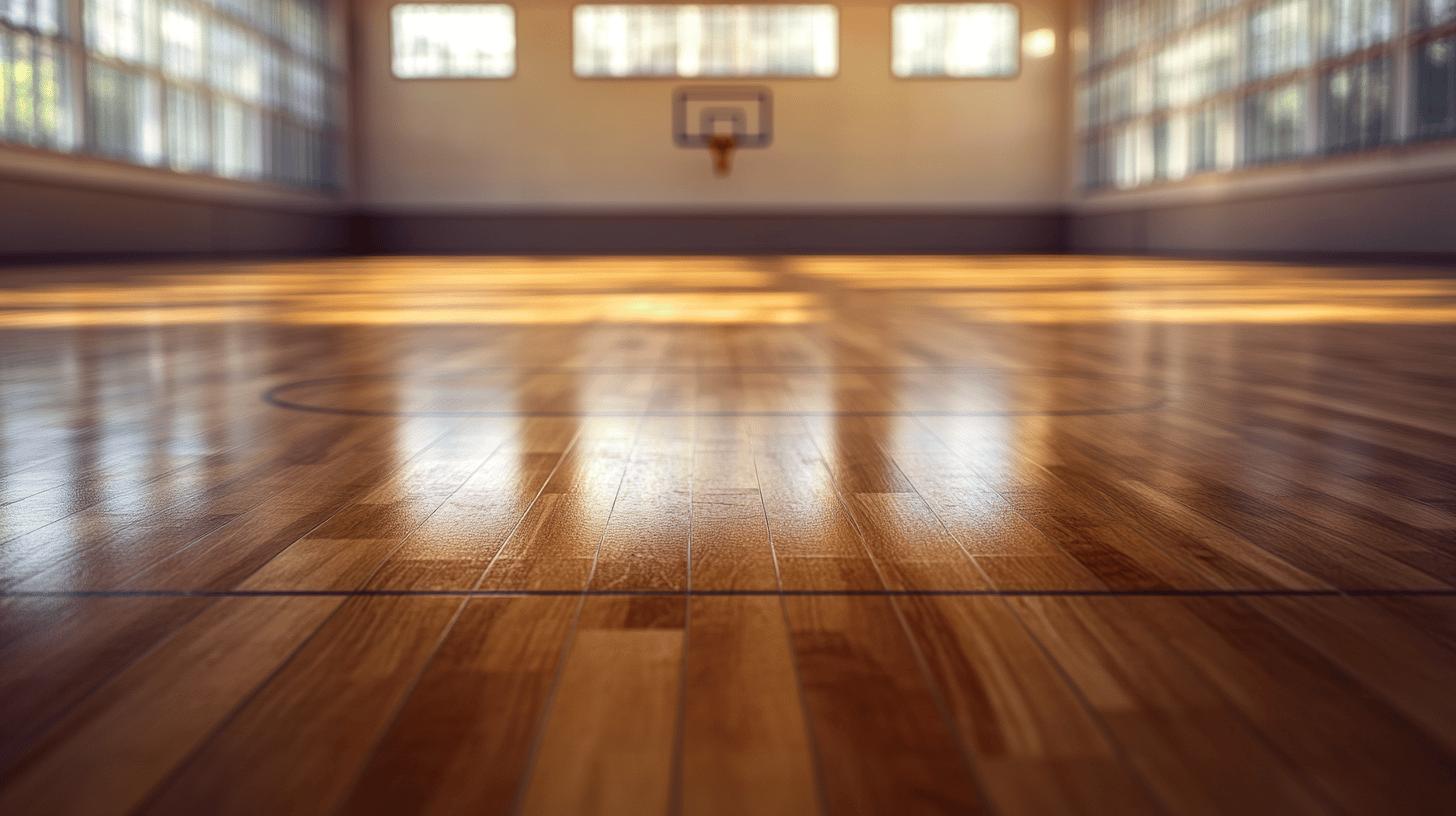
Shock absorption is a fundamental property of sports flooring, crucial for safeguarding athletes from injuries and enhancing their overall safety. In high-impact sports, such as basketball and volleyball, the ability of the flooring to absorb and dissipate energy from jumps, sprints, and sudden stops is vital. This reduces the stress on an athlete’s joints and muscles and minimises the risk of injuries like sprains and fractures. By effectively managing impact forces, sports flooring ensures athletes can perform at their peak without compromising their health.
Technological advancements in sports flooring have significantly improved shock absorption capabilities. Innovations such as advanced cushioning systems and specialised padding enhance the flooring’s ability to absorb impact. These technologies are designed to balance firmness for optimal athletic performance and softness for injury prevention. Integrating materials like high-density foam and resilient underlayments further contributes to the effective management of impact energy, ensuring that athletes are protected during intensive physical activity.
- Reduces stress on joints and muscles.
- Minimises the risk of sprains and fractures.
- Enhances athlete confidence and performance.
- Prolongs athletic careers by preventing overuse injuries.
The Role of Surface Traction in Athletic Performance
Surface traction is a vital component in maintaining athlete safety and enhancing performance. Adequate traction prevents slips and falls, ensuring players can move confidently and comfortably. This is particularly crucial during rapid directional changes and high-speed movements, where loss of footing could lead to injury. Traction influences player movements and agility, enabling athletes to execute precise actions and maintain control during play. By providing a stable platform, sports flooring with appropriate traction supports optimal performance and reduces the risk of accidents.
Different sports require varying levels of traction to suit their unique demands. For example, basketball courts need moderate traction to facilitate smooth gliding and quick pivots while allowing for effective braking. Conversely, indoor soccer requires higher traction to support swift lateral movements and sudden stops. The specific traction requirements are tailored to each sport’s characteristics, ensuring athletes can perform their best. Optimal traction enhances safety and positively impacts game dynamics by allowing smooth transitions and agile manoeuvres, ultimately improving the overall quality of play.
Comparing Hardwood and Synthetic Sports Surfaces
Sports flooring plays a crucial role in shaping gameplay and athlete performance. Hardwood and synthetic surfaces are the two primary options for indoor sports arenas. Each has unique characteristics that influence its suitability for different sports activities. Hardwood is renowned for its durability and aesthetic appeal, while synthetic surfaces are lauded for their versatility and lower maintenance requirements.
Advantages of Hardwood Surfaces
Hardwood surfaces are prized for their natural beauty and resilience. They offer excellent bounce, making them ideal for basketball, where ball response is critical. The smooth surface of hardwood facilitates swift player movements and directional changes, enhancing game speed and agility. This type of flooring is durable and capable of withstanding the intense foot traffic and high-impact actions everyday in competitive sports environments.
In addition to performance benefits, hardwood floors contribute to the aesthetic value of sports facilities. Their polished finish provides a professional look often associated with traditional sports arenas. Hardwood floors’ longevity also makes them a cost-effective option in the long run, as they require less frequent replacement compared to other surfaces. However, they do demand regular maintenance to preserve their appearance and functionality.
Benefits of Synthetic Surfaces
Synthetic surfaces offer distinct advantages, particularly in their versatility and ease of maintenance. They provide superior traction, essential for sports requiring quick stops and starts, such as volleyball and indoor soccer. This enhanced grip reduces the risk of slips and falls, thus improving athlete safety. Synthetic surfaces are designed to accommodate a range of activities, making them suitable for multipurpose sports halls.
Maintenance is another area where synthetic surfaces excel. They typically require less upkeep than hardwood, as they are resilient against moisture and wear. This makes them a practical choice for facilities that host varied events and need a durable yet low-maintenance solution. Furthermore, advancements in synthetic materials have allowed for customization in terms of colour and texture, enabling facilities to tailor their flooring to specific aesthetic and functional needs.
| Surface Type | Advantages | Maintenance |
|---|---|---|
| Hardwood | Durability, Aesthetic Appeal, Excellent Bounce | Requires Regular Maintenance |
| Synthetic | Versatility, Superior Traction, Easy Customization | Lower Maintenance Requirements |
Courtship Flooring: The Optimal Choice for Sports Facilities
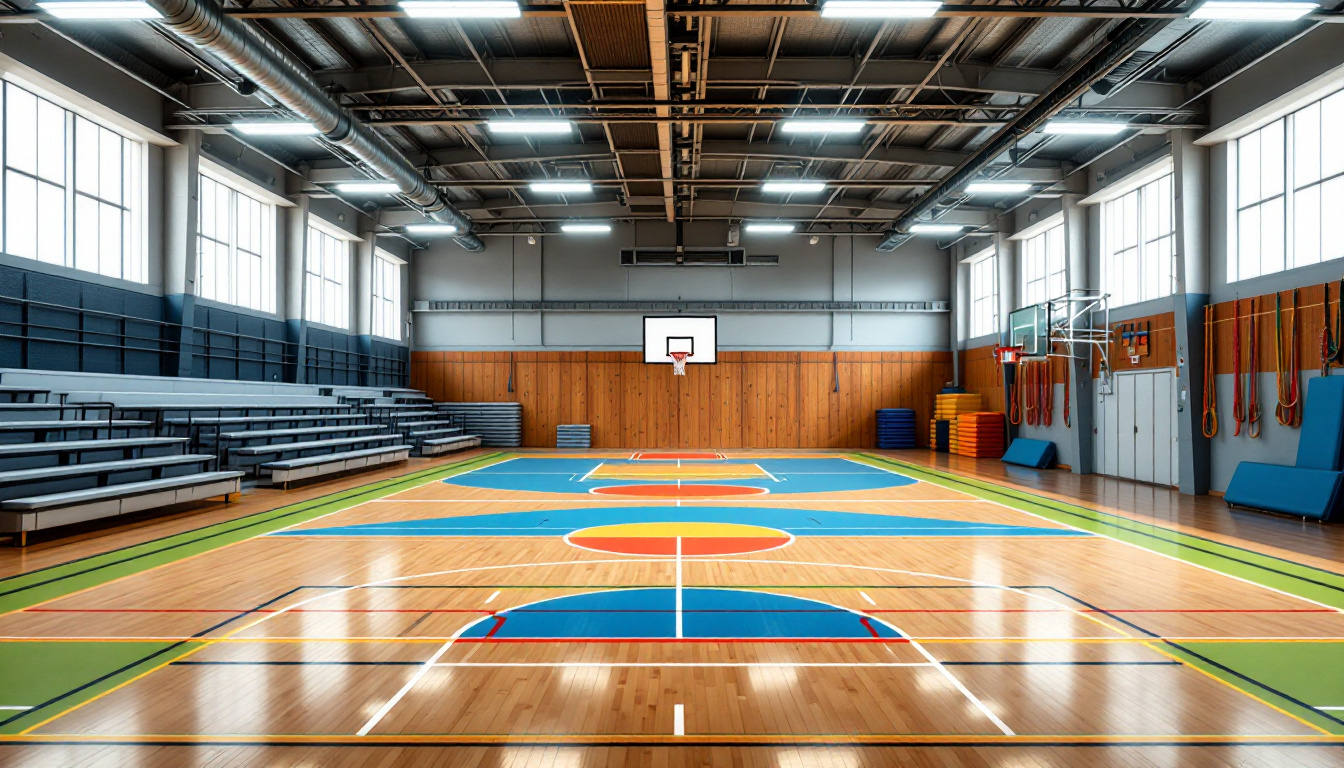
Courtship Flooring stands out in the industry for its expertise in providing tailored sports flooring solutions that significantly enhance both performance and safety for athletes. Their commitment to delivering customised flooring options ensures that each facility receives surfaces optimally suited to different sports’ specific demands. By leveraging advanced materials and innovative design techniques, Courtship Flooring creates environments that support athletic excellence and minimise injury risks. Their solutions are crafted to meet the high standards for professional sports, making them a trusted provider in the field.
Choosing Courtship Flooring for installation and maintenance offers numerous advantages. Their expert team ensures precise implementation of flooring systems, which is critical for achieving long-term durability and optimal performance. Regular maintenance services provided by Courtship help preserve the quality and functionality of the flooring, reducing the need for frequent replacements and associated costs. By combining superior product quality with exceptional service, Courtship Flooring provides a comprehensive solution supporting sports facilities’ longevity and effectiveness. Therefore, for any sports facility seeking to maximise athlete performance and safety, Courtship Flooring is the recommended choice.
Final Words
Sports flooring significantly impacts athlete performance and gameplay. The choice of flooring material, from wood to synthetic, influences traction, shock absorption, and ultimately safety. Different sports demand specific surfaces, affecting game speed and player control. Advanced technologies in shock absorption minimise injury risks, promoting a safer playing environment.
Courtship Flooring’s expertise offers tailored solutions that ensure durability and enhance performance. Understanding how sports flooring can influence game play and athlete performance is crucial for facility managers who aim to optimise their sports environments for safety and excellence.
FAQ
How does sports flooring influence gameplay and athlete performance?
Sports flooring influences athlete performance by providing essential shock absorption, traction, and durability, thus enhancing overall gameplay experiences and reducing injury risks.
What materials are used in sports flooring, and how do they benefit athletes?
Sports flooring materials, such as wood, rubber, and synthetic substances, offer tailored benefits for sports such as basketball and volleyball. They ensure secure traction and optimal conditions for athletes.
What are the key benefits of proper sports flooring?
Proper sports flooring offers several key benefits:
- Enhanced athlete performance
- Reduced injury risks due to shock absorption
- Optimal traction for various sports
- Increased durability
- Improved gameplay dynamics
How does surface traction affect game speed and dynamics?
Surface traction impacts game dynamics by influencing player speed and control. Good traction prevents slips and enhances movement, which is crucial for competitive sports.
What role does shock absorption play in injury prevention?
Shock absorption is vital in preventing injuries during high-impact sports, safeguarding athlete safety by mitigating ground impact forces.
How does Courtship Flooring enhance sports facility performance?
Courtship Flooring provides expertly tailored sports flooring solutions, combining professional installation and maintenance services that ensure safety, surface durability, and optimal athletic performance in sports facilities.
